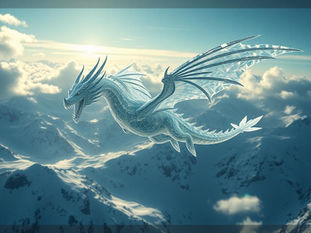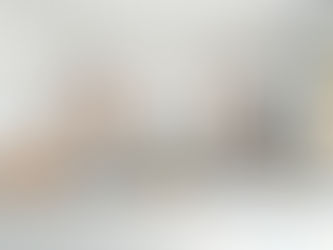
Get Realistic AI Product Photos: Try This Shadow Trick
May 13
3 min read
0
1
0

Using AI tools like Midjourney for product photos is a great idea. It saves time and money compared to traditional photoshoots. But what happens when the AI doesn't perfectly match your product? Sometimes, the generated image just doesn't look quite right.
The Common Problem with AI Product Images
You upload pictures of your product to the AI. You give it detailed prompts. But the output isn't a perfect copy. Features might look slightly off. Details can get lost or changed. This can make the AI-generated image look fake or not representative of your real product at all.
Don't give up! There's a simple trick you can use to make these imperfect images look much better.
The Simple Shadow Fix
One easy way to hide the parts of the AI image that don't match your actual product is to use shadow. Bathing certain areas of the image in shadow can help conceal inconsistencies. It's really straightforward and can solve many problems with AI not replicating details exactly.
How to Use Shadow Effectively
The key is to strategically add shadows. Focus the shadows especially on the areas of the image that don't match your product's details. For example, if a specific part like the shoulders on an apparel item didn't generate correctly in the AI image, direct the lighting and prompt to put those shoulders in shadow.
Identify the parts of the AI image that aren't accurate.
Adjust your Midjourney prompt to introduce strong shadows.
Tell the AI where you want the shadows placed (e.g., "with deep shadow on the left side," "bathed in shadow").
Review the results and tweak the prompt until the shadows hide the mismatches effectively.
This method is similar to how photographers use lighting and shadow in real photoshoots to highlight or hide features.
Start with Photorealism First
Before you even add the shadow trick, make sure your image is as photorealistic as possible. Focus on key prompting elements:
Use terms that suggest realistic photography (e.g., "photorealistic," "film grain," "camera angle").
Describe the lighting details (e.g., "soft studio light," "harsh sunlight").
Specify the camera setup or style (e.g., "shot on a 50mm lens," "product photography").
Once you get a basic level of photorealism, then you can start adding more advanced techniques like using shadows to perfect the image.
Looking to improve your Midjourney workflow and create stunning product visuals more efficiently? Check out the Midjourney Automation Suite from TitanXT. It can help you generate more ideas and variations quickly.
Be Creative Like an Artist
Think of working with AI like being on a real photoshoot set. You have tools and techniques to get the shot you want. Don't just say "AI can't do my product" and give up. Be creative! Find clever ways to use the AI's strengths to your advantage and work around its weaknesses.
Using shadows is just one example of a simple hack to make your AI-generated product photos look more convincing. There are many creative ways to approach this. Keep experimenting and thinking like an artist finding solutions.
Streamline your Midjourney product photo creation. Learn more about the TitanXT Midjourney Automation Suite and how it can help automate repetitive tasks and enhance your creative process.
Conclusion
Using AI for product photography offers incredible possibilities. When your AI images don't perfectly match your product, don't despair. Simple techniques, like strategically using shadows, can hide imperfections and make the final result look much more realistic and professional. Approach AI image generation with a creative mindset, just like you would a real photoshoot. Simple hacks like this can make a big difference in getting the exact product photos you need.
Try exploring tools like the Midjourney Automation Suite from TitanXT to further enhance your product image generation process.






